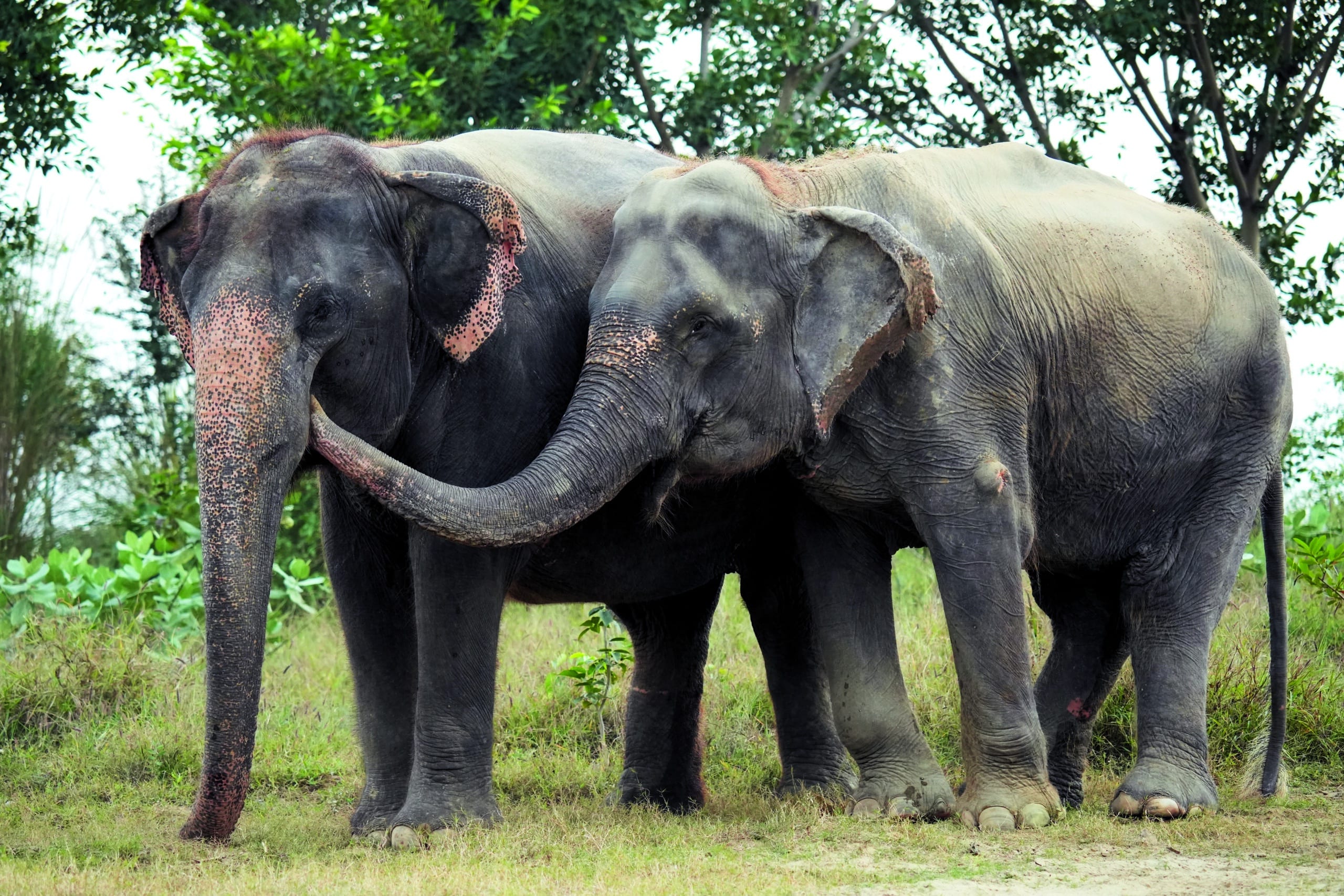You might remember Kalpana—I am happy to report that this year she celebrates her fifth rescue anniversary at Wildlife SOS. Formerly exploited and abused as a ‘begging’ elephant in Uttar Pradesh, Kalpana was rescued in 2019 and brought to the Wildlife SOS Elephant Hospital Campus (EHC) in Mathura for comprehensive...
When the Humane Society International (HSI) was involved in the original negotiations for the Environment Protection and Biodiversity Conservation Act 1999 in the late 1990s, it promised a new era of environmental protection. The Federal Government had recognised its obligation to protect our environment at a national level and introduced a new Act to put the federal environment minister in charge of protecting nationally important wild places, wildlife and their habitats, instead of leaving decisions to resources ministers and the states and territories. And in many ways, the Act delivered – everything from ensuring the end to mass electrocutions of the spectacled flying fox and thereby protecting World Heritage Daintree rainforests, to improving management of our fisheries and preventing impacts on species such as the Australian sea lion.
But jump forward to 2022 and we are in the midst of an extinction crisis. Under funding, high levels of ministerial discretion, and weakening of the Act by successive governments have combined with worsening threats such as climate change and the emergence of gaps in the legislation to mean that the Act is no longer fit for purpose.
This isn’t new news. A 2020 review of the Act by Professor Graeme Samuel found that it is “out dated and requires fundamental reform” and the Act no longer enables the Commonwealth to “effectively fulfil its environmental management responsibilities”. The 2021 State of the Environment told us that the state of our natural world is poor and deteriorating and increasing pressures are acting to make many species and ecosystems increasingly threatened. Sadly, despite calls from many Australians, the previous Government failed to act on this information and offered legislation that was all about handing decision making back to the states and territories, rather than stronger protection for the environment.
That’s why HSI is today welcoming the Australian Government’s commitment to revitalising our national environmental legislation. These reforms must address the urgent need to strengthen and modernise the Act to ensure it can turn around the extinction crisis and deliver strong environmental outcomes for the next 20 years and beyond.
Combined with their previous commitment to no new extinctions, today’s announcement by the Federal Government is really promising – it has recognised the need for strong, binding National Environmental Standards that will inform decision making, and the importance of protecting those areas that are critical to the survival of our threatened species. But there is a long way to go, and much all-important detail is still to be worked out.
To be effective, national standards must be expert-led, provided upfront and provide clear and strong protections for nature, so we are clear on the outcomes the reforms are trying to achieve. We must ensure that the proposed Environment Protection Agency is properly resourced and truly independent of the politics of the day, and the community must have the ability to enforce these decisions through the right to undertake merit reviews of poor decisions and to enforce the law where the Government doesn’t.
We must also ensure that we don’t whittle away the environmental gains by still allowing the Federal Government to devolve their responsibility to states and territories or other Government agencies, or allowing industry to buy their way out of environmental protection.
The proposed introduction of a conservation payment into the federal offsets regime risks creating a system that is equivalent to the NSW scheme which has been heavily criticised by the NSW Audit Office and a parliamentary inquiry. This is a serious concern. And of course we have to plan not just to protect our remaining wildlife and their habitats but to drive recovery of our threatened species and communities. This means recognising the impacts of climate change both in making new decisions and planning for recovery; and ensuring that all our listed threatened species and entities have a legally binding plan for recovery that is clear on what is needed to recovery the species, including an explicit requirement to protect habitat that is critical to their survival, and provides the funding needed to implement the plan. The new announcement provides a good basis for this work.
It’s less known that our national environmental laws also regulate Australia’s involvement in international wildlife trade. We’re very pleased to see that the government is committing to reduce the potential for wildlife permits to be misused by applicants. The reforms also provide the opportunity to take action on existing outstanding commitments such as a ban on the domestic trade of ivory and rhino horn and to make new commitments such as a ban on the import of hunting trophies into Australia.
Nature is in crisis, but we know that it’s not too late to turn things around. To do so will require commitment, action and resources. The Government’s response to the Samuel review tells us that they have recognised the problem and are genuinely committed to action. That’s a good place to start from. But we urgently need to see the detail of the reforms, designed, funded and delivered, to ensure that future generations can see and appreciate the natural wonders that our Environment Protection and Biodiversity Conservation Act 1999 is supposed to protect.


